Going out to eat has always been more than just a meal. Restaurants are where memories are made, where friends gather, and where families share experiences over their favorite foods. Over the decades, many fast food chains have undergone a remarkable restaurant transformation, evolving from humble beginnings to global icons.
This article explores how your favorite chains, like McDonald’s, Burger King, Wendy’s, Domino’s, and Panda Express, have changed over time. From menu innovation to branding, technology, and customer experience, here’s the full story.
Understanding the Fast Food Evolution: A Quick Overview
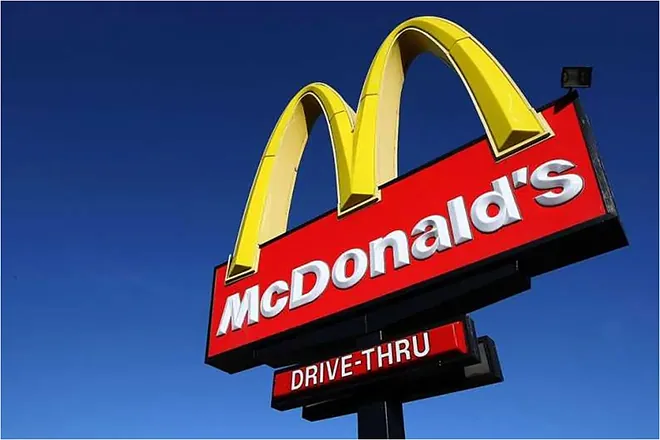
The concept of fast food is simple—quick service, consistent quality, and affordability. Yet, the history and transformation of these chains show just how dynamic this industry is.
| Chain | Year Founded | Original Concept | Key Transformation |
|---|---|---|---|
| McDonald’s | 1940 | Simple menu, fast service | Global expansion, digital kiosks, plant-based items |
| Wendy’s | 1969 | Square, fresh burgers | Expanded menu, digital boards, modern interiors |
| Burger King | 1953 | Quick burgers with broilers | Whopper branding, mobile ordering, promotions |
| Domino’s | 1967 | Pizza delivery | Online ordering, international growth, tech innovation |
| Panda Express | 1983 | Chinese-American cuisine | Menu consistency, healthier options, mall/airport expansion |
Fast food chains continually adapt to cultural trends, customer preferences, and technological advances, reflecting a broader restaurant transformation trend.
McDonald’s: The Original Game-Changer in Restaurant Transformation
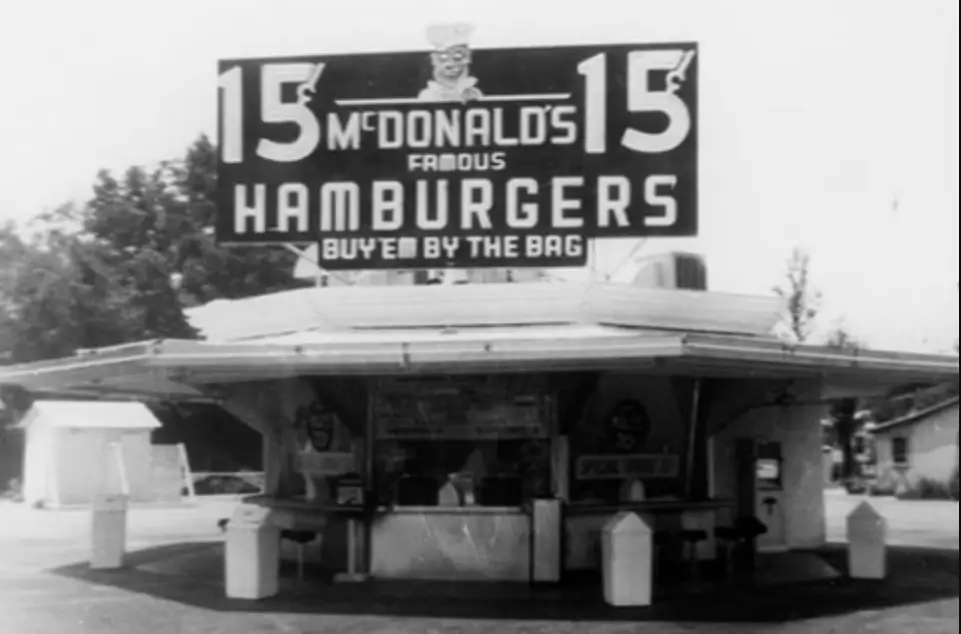
- Founded: 1940, San Bernardino, California
- Original Concept: Minimal menu with burgers, fries, and shakes; focused on speed.
- Transformation Highlights:
- Introduced the Golden Arches, which became one of the most recognizable symbols in the world.
- Expanded to global markets, serving millions daily.
- Modern stores feature digital ordering kiosks, mobile apps, and delivery options.
- Seasonal and limited-edition menu items drive excitement, such as spicy chicken sandwiches or exclusive sauces.
Fun fact: The first McDonald’s menu had only nine items, compared to today’s diverse offerings, including regional specialties and plant-based options.
Wendy’s: Fresh Ideas Drive Its Transformation
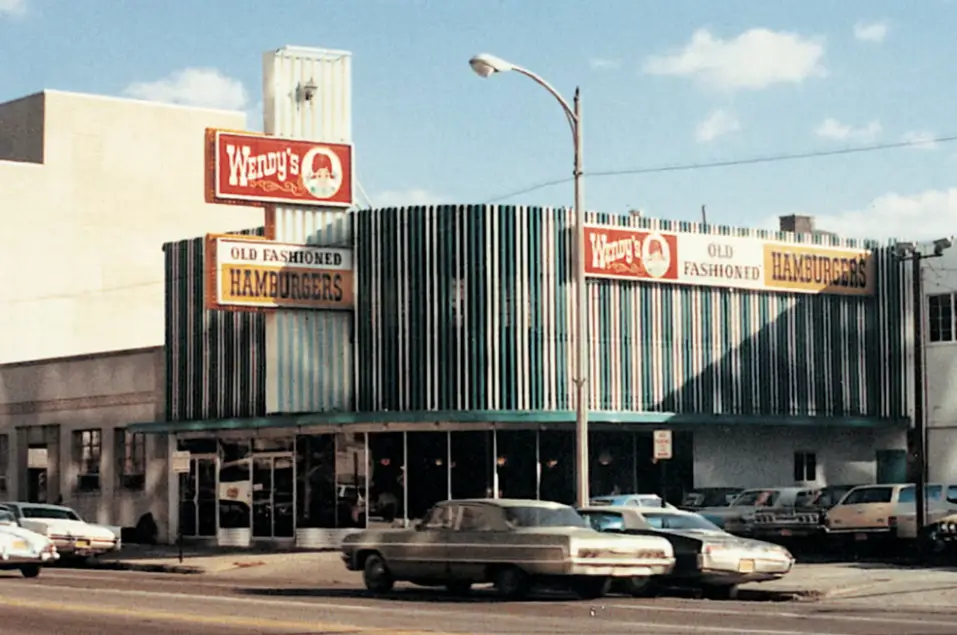
- Founded: 1969, Columbus, Ohio
- Original Concept: Focused on fresh, made-to-order square burgers, unique at the time.
- Transformation Highlights:
- Emphasis on fresh ingredients, never frozen beef.
- Expanded menu to include salads, baked potatoes, and chicken sandwiches.
- Modern restaurants now feature digital menu boards, efficient drive-thrus, and sleek interior designs.
Restaurant Transformation Insight: Wendy’s shows how quality and innovation can maintain brand loyalty while modernizing the customer experience.
Burger King: Flame-Grilled Success and Branding Evolution
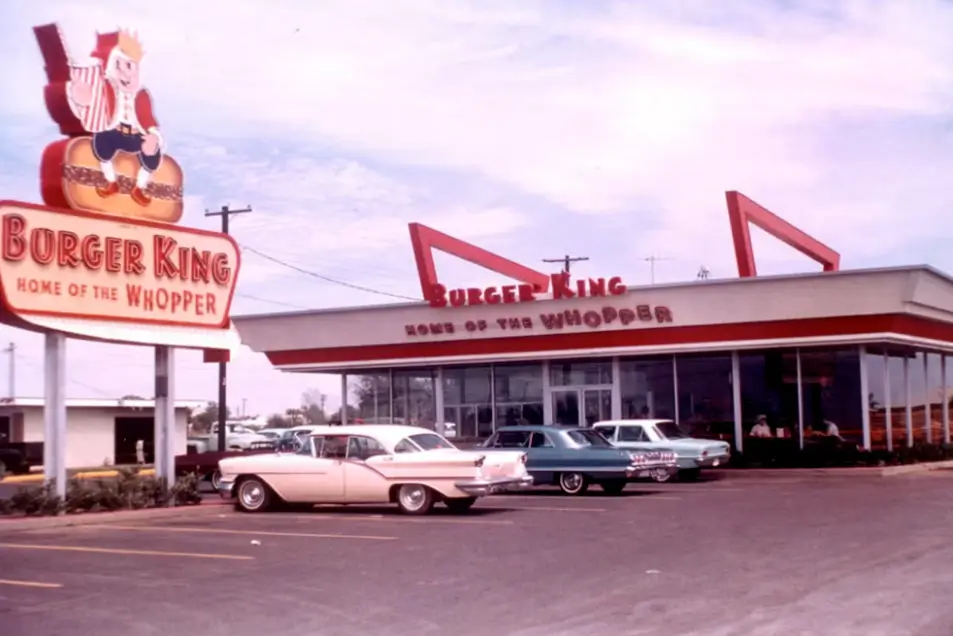
- Founded: 1953, Jacksonville, Florida (originally Insta-Burger-King)
- Original Concept: Quick-service burgers with in-house broilers.
- Transformation Highlights:
- Renamed Burger King in 1959, introducing the Whopper, which became a flagship item.
- Modern updates include mobile ordering, delivery integration, and creative promotions like “Whopper of the Month.”
- Store designs have evolved for better customer flow and brand recognition.
Burger King’s restaurant transformation emphasizes consistent branding and menu innovation, while embracing technology to enhance customer convenience.
Domino’s: Leading the Pizza Delivery Revolution
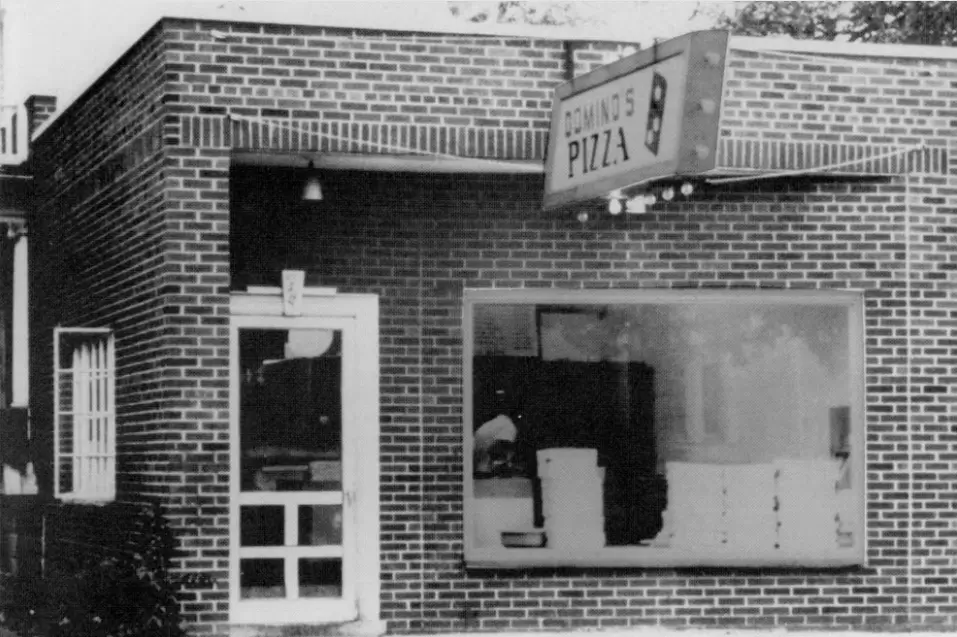
- Founded: 1967, Ypsilanti, Michigan (originally DomiNick’s Pizza Store)
- Original Concept: Focused on fast and reliable pizza delivery.
- Transformation Highlights:
- Rebranded to Domino’s Pizza, emphasizing efficiency and consistency.
- Introduced online ordering and real-time pizza tracking, revolutionizing the delivery industry.
- Expanded internationally, diversifying the menu with pasta, sandwiches, and specialty pizzas.
Domino’s success is tied directly to technology-driven convenience, making it a leader in the restaurant transformation landscape.
Panda Express: Modernizing Tradition
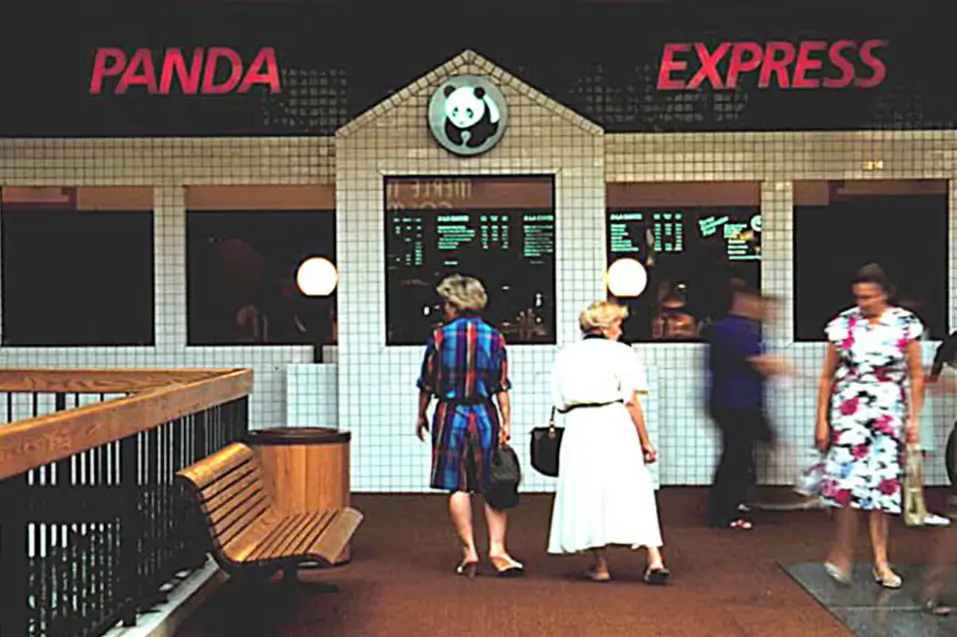
- Founded: 1983, Glendale, California
- Original Concept: Casual Chinese-American dishes like Orange Chicken and Chow Mein.
- Transformation Highlights:
- Maintained consistency while modernizing store designs.
- Expanded across malls, airports, and universities, creating convenience for customers.
- Introduced healthier menu options and limited-time items to attract new customers.
Insight: Panda Express shows that even when menu and branding remain consistent, strategic expansion and minor updates are a crucial part of restaurant transformation.
Menu Evolution and Culinary Innovation
Fast food chains don’t just grow—they innovate. Menu changes are a major part of restaurant transformation, keeping customers engaged and attracting new audiences.
- McDonald’s: Seasonal items, plant-based burgers, premium coffee options.
- Burger King: Whopper variations, breakfast items, and combo meals.
- Wendy’s: Fresh salads, baked potatoes, and spicy chicken sandwiches.
- Domino’s: Specialty pizzas, pasta, sandwiches, and dessert options.
- Panda Express: Seasonal entrees, healthier versions of classic dishes.
Branding and Marketing: Driving Recognition
Branding is at the heart of restaurant transformation. Modern chains have moved beyond simple logos to strategic marketing campaigns and store design upgrades.
| Chain | Original Branding | Modern Branding & Marketing |
|---|---|---|
| McDonald’s | Golden Arches, simple interior | Global recognition, seasonal campaigns, app-based promotions |
| Burger King | Insta-Burger-King logo | Whopper campaigns, mobile ordering, delivery integration |
| Wendy’s | Square burger logo, simple signage | Digital menu boards, social media presence, modern store layout |
| Domino’s | Classic pizza store signage | Rebranding with tech-driven delivery and online apps |
| Panda Express | Basic menu boards | Updated interiors, consistent logo, expanded global presence |
Insight: Effective branding is more than a logo—it’s experience, consistency, and emotional connection.
Technology and Customer Experience
Technology is reshaping how we interact with restaurants, from ordering to delivery and beyond.
- Digital kiosks and mobile apps provide convenience and reduce wait times.
- Online ordering systems and pizza trackers (Domino’s) enhance transparency.
- Delivery partnerships with apps like UberEats and DoorDash increase reach.
Focused on enhancing user experience, these innovations highlight the critical role of technology in restaurant transformation.
Nostalgia and Cultural Impact
Fast food chains aren’t just about food—they’re cultural icons. Nostalgia plays a huge role in restaurant transformation, especially when reintroducing old favorites.
- Throwback menus: Taco Bell’s Y2K menu revival.
- Childhood favorites: Classic McDonald’s Happy Meal toys.
- Media appearances: Movies and TV shows featuring famous chains reinforce cultural relevance.
Then vs Now: Visualizing the Restaurant Transformation
A “then vs now” comparison helps readers appreciate how far these chains have evolved.
| Chain | Then | Now |
|---|---|---|
| McDonald’s | Small burger stand | Global fast food giant, app integration, plant-based menu |
| Wendy’s | Single Columbus location | Digital menus, expanded menu, sleek interiors |
| Burger King | Insta-Burger-King | Modern Whopper campaigns, drive-thru optimization |
| Domino’s | Small pizzeria | Tech-driven delivery, global expansion |
| Panda Express | Glendale mall restaurant | Global footprint, healthier options, modern design |
What We Can Learn From Fast Food Evolution
- Adaptability drives growth: Chains that evolve menus, branding, and technology thrive.
- Technology transforms customer experience: Mobile apps, online ordering, and digital kiosks are standard.
- Nostalgia maintains engagement: Throwback items and cultural references resonate with audiences.
- Branding goes beyond logos: Emotional connections and marketing campaigns are key.
The restaurant transformation of iconic chains like McDonald’s, Burger King, Wendy’s, Domino’s, and Panda Express demonstrates how innovation, branding, technology, and nostalgia work together to keep these brands relevant. Whether revisiting childhood favorites or exploring modern menu offerings, understanding their evolution gives insight into the future of fast food and casual dining.
Next time you step into a fast food restaurant, notice the digital kiosks, seasonal menu items, and sleek interiors—it’s not just a meal; it’s the result of decades of thoughtful restaurant transformation.






